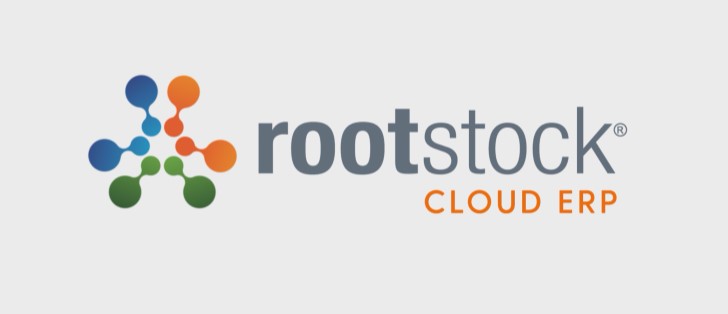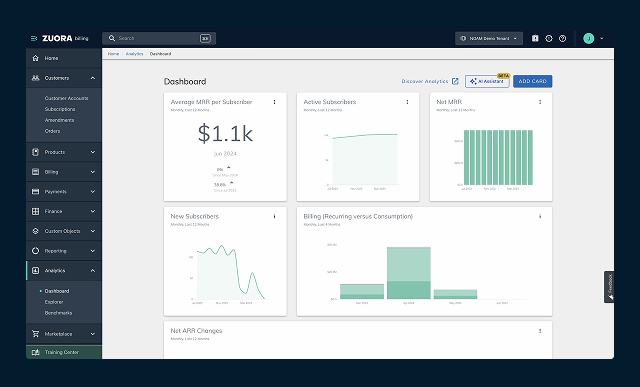There are ERP vendors that you know (perhaps even love) and that typically (naturally, even) fall into the list of usual suspects that drive much of the innovation in this industry.
Then, like the new-age financial apps that users are embracing in the so-called ‘challenger bank’ era, there are the up-and-coming names that slowly fizzle their way into the public consciousness.
Built natively on the Salesforce platform, Rootstock could be one of those ERP brands.
The company enables manufacturers to oversee their costs, logistics, materials, production, inventory etc. Its platform does this by connecting demand-and-supply signals among in-house teams, external customers, suppliers and manufacturers in real-time.
The Rootstock promise here is 360° visibility of customers’ needs with Salesforce and their entire value chain.
Resilient supply chain
According to the company’s newly appointed chief revenue officer, Joe Massa, disruptive conditions originated during Covid-19 and they’ve made cloud solutions essential for manufacturers to support a remote workforce and resilient supply chain.
“Today, Rootstock has the leadership, board and employees to take advantage of opportunities to gain further traction in the ERP market,” enthused Massa. “The company’s high customer retention proves Rootstock Manufacturing Cloud ERP delivers the robust functionality manufacturers need, combined with the powerful capabilities of the Salesforce Platform. Both components are vital to helping manufacturers adapt and thrive in a volatile, post-pandemic world.”
Rootstock enterprise SaaS product marketing spokesperson Stu Johnson suggests that effective supply chain management involves maintaining relationships with shipping carriers who can provide predictable delivery to meet promised delivery dates.
He thinks that an ERP system with Distribution Requirements Planning (DRP) capabilities tracks shipments, displays the quantity and number of items shipped, and links support and shipping to improve the speed and timeliness of delivery,” said Johnson.
“Many SCM solutions can be integrated with your ERP but manual, bespoke integrations can be expensive and cumbersome to maintain. Unified SCM and ERP solutions on a common platform share the same data model and therefore work together natively,” said Johnson.
Common data model
The Rootstock product lead suggests that ERPs and SCMs that share a common data model operate from a single source of truth ensuring data accuracy. Deploying a cohesive data model from the start will save your team substantial productivity hours that are often lost connecting information and data points.
Could this be an interesting time to start looking at Rootstock – and is the company’s cooking pot now ready to serve up a tasty meaty broth with real bones? The smell coming from the kitchen is certainly appealing enough.
The firm has appointed a selection pack of new C-suite roles, achieved various funding rounds and acquired other ERP platform technologies (perhaps most interesting was the acquisition of Kenandy ERP back in 2018)… all to the extent that there’s barely any product news listed on the organization’s press portal – there’s clearly a lot going on here.
As we sample more of the Rootstock broth, let’s avoid extra salt and remember to avoid too many cooks scenarios.
Pass the black pepper, please.




